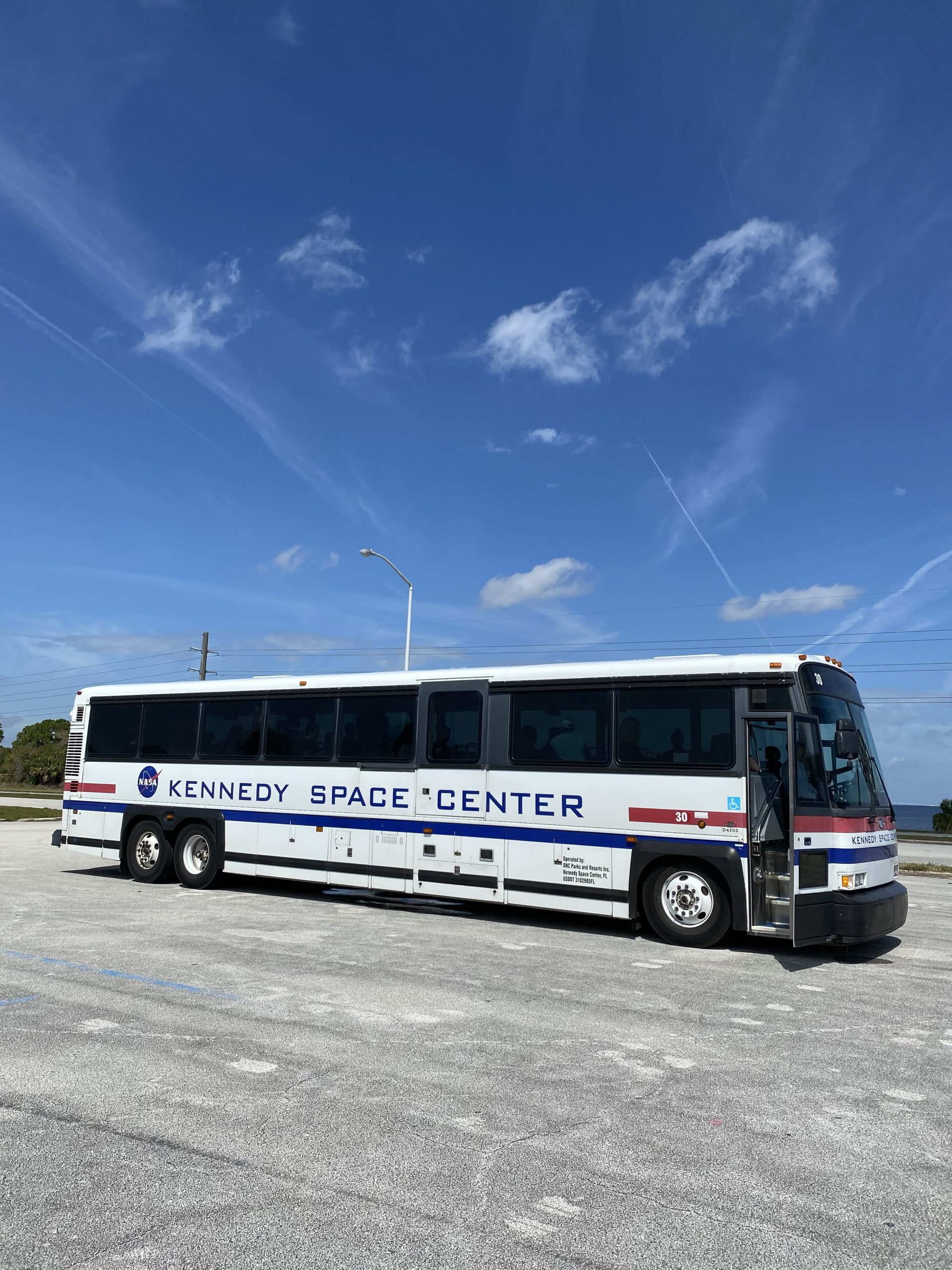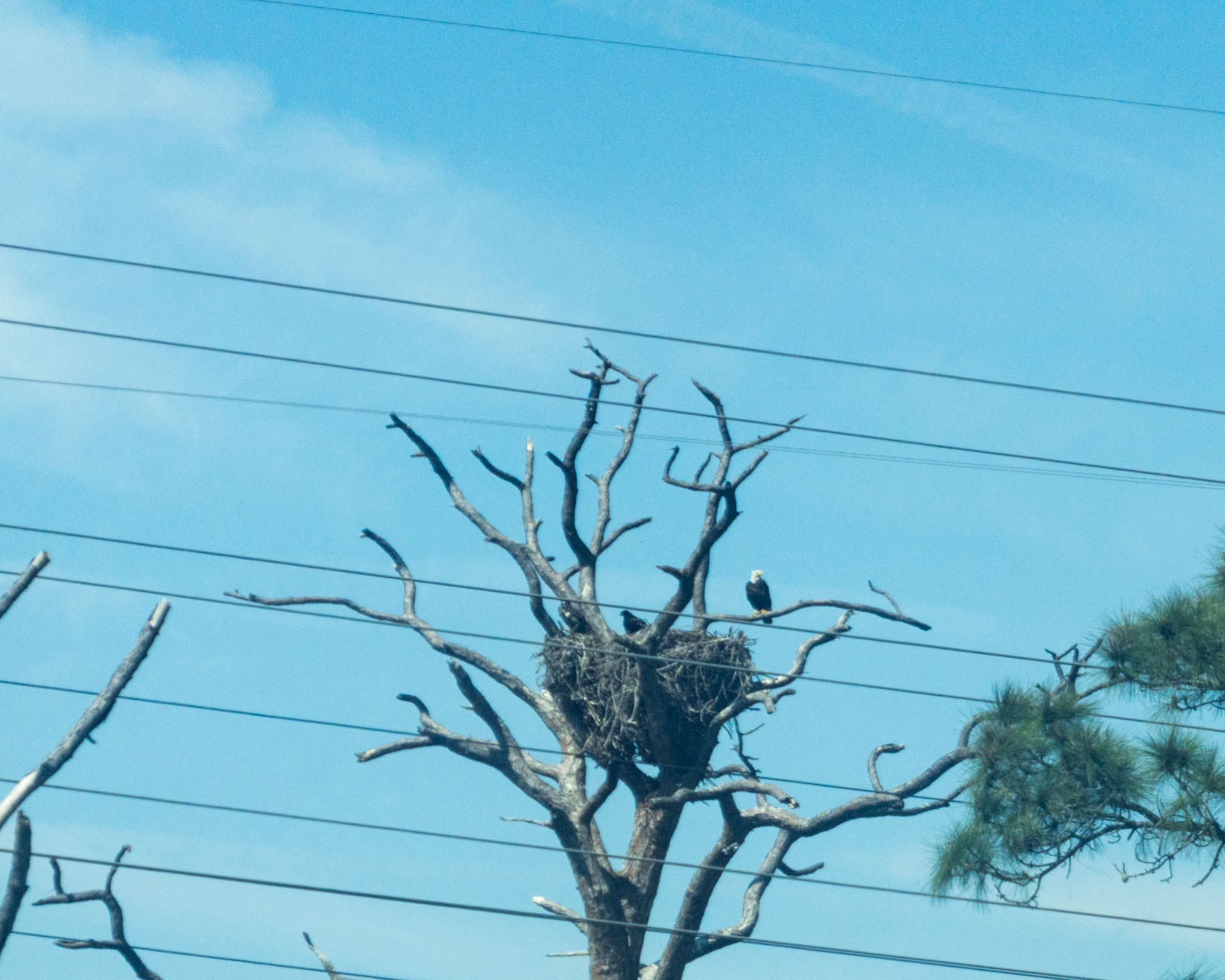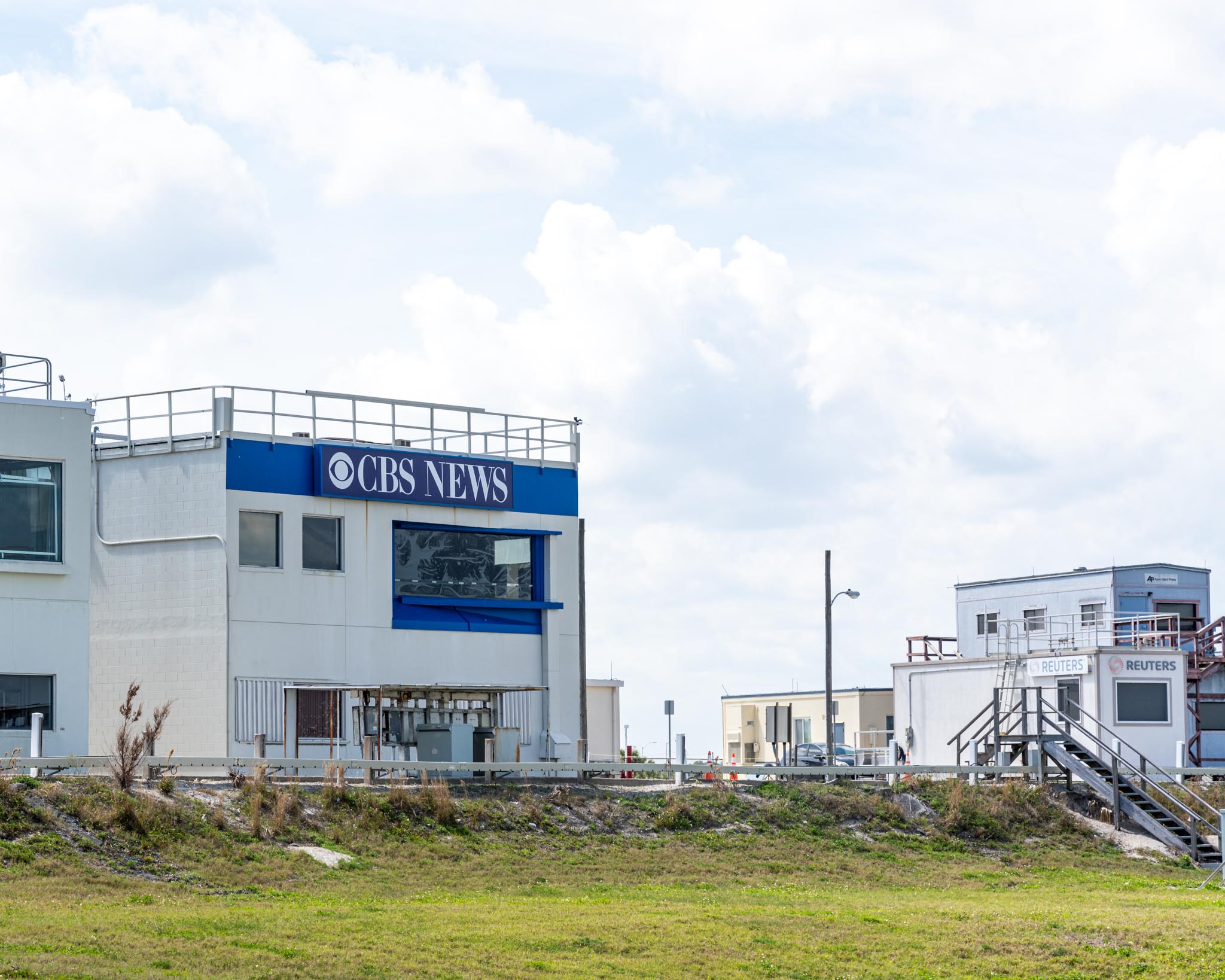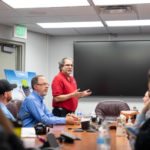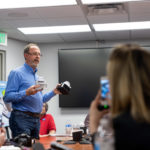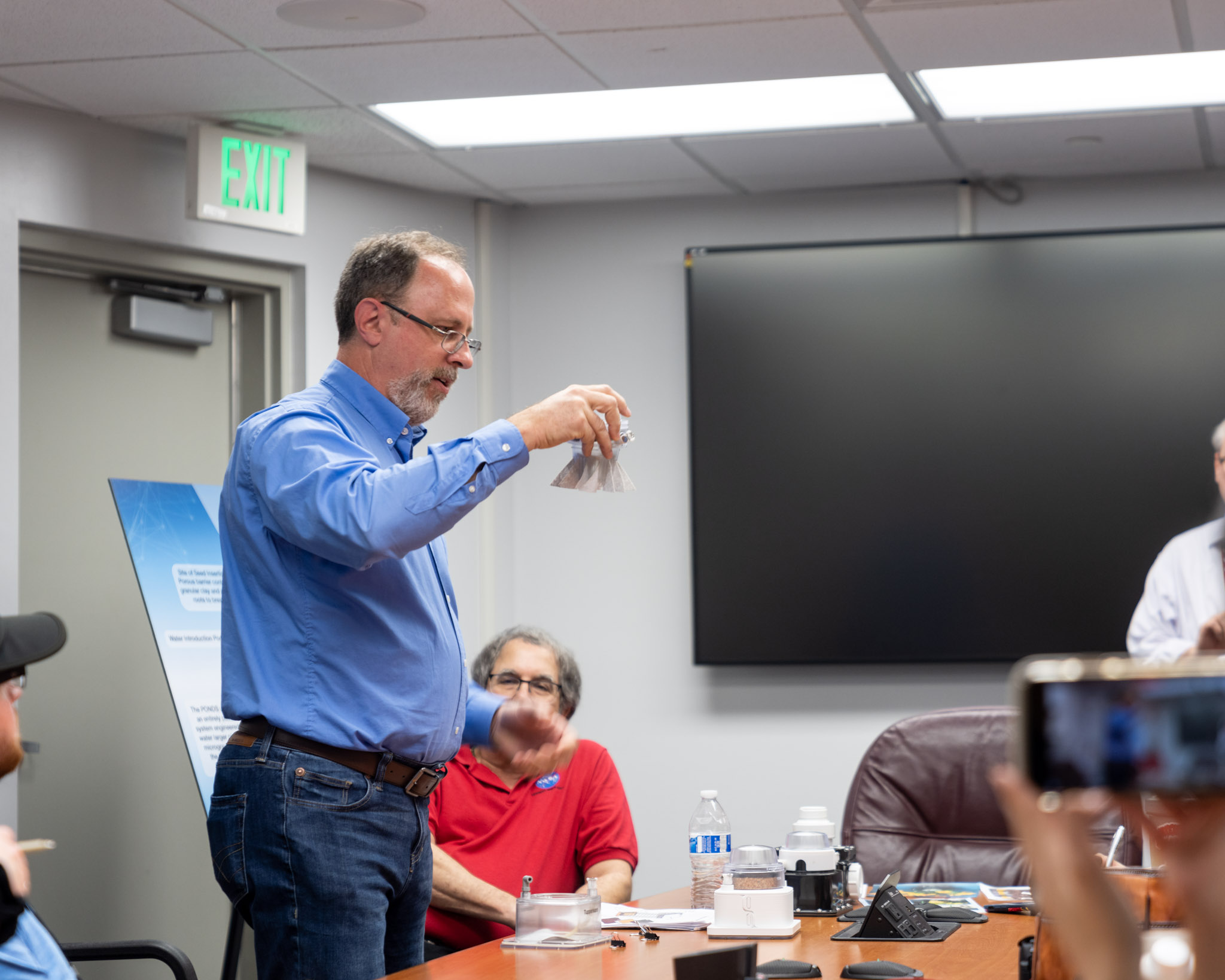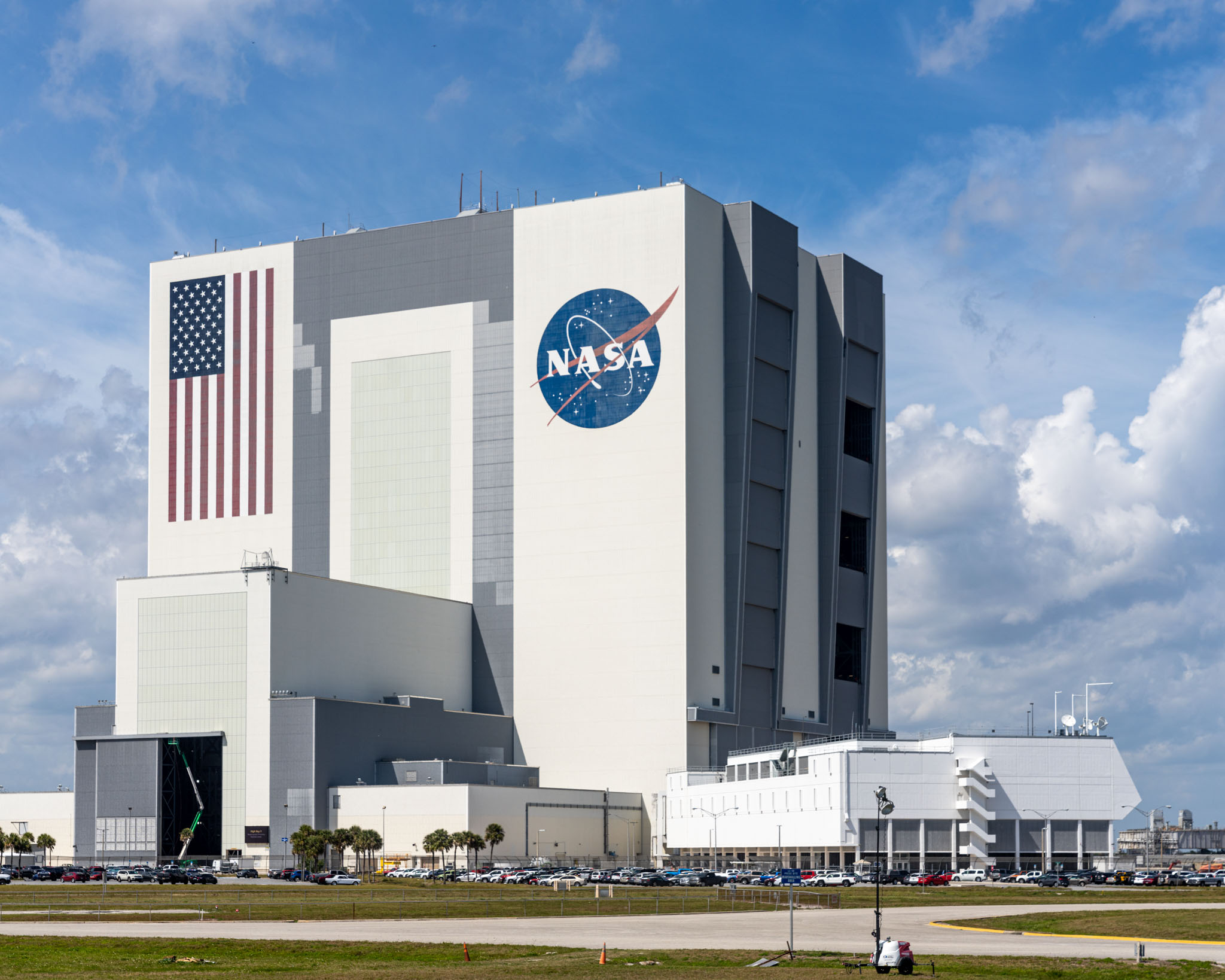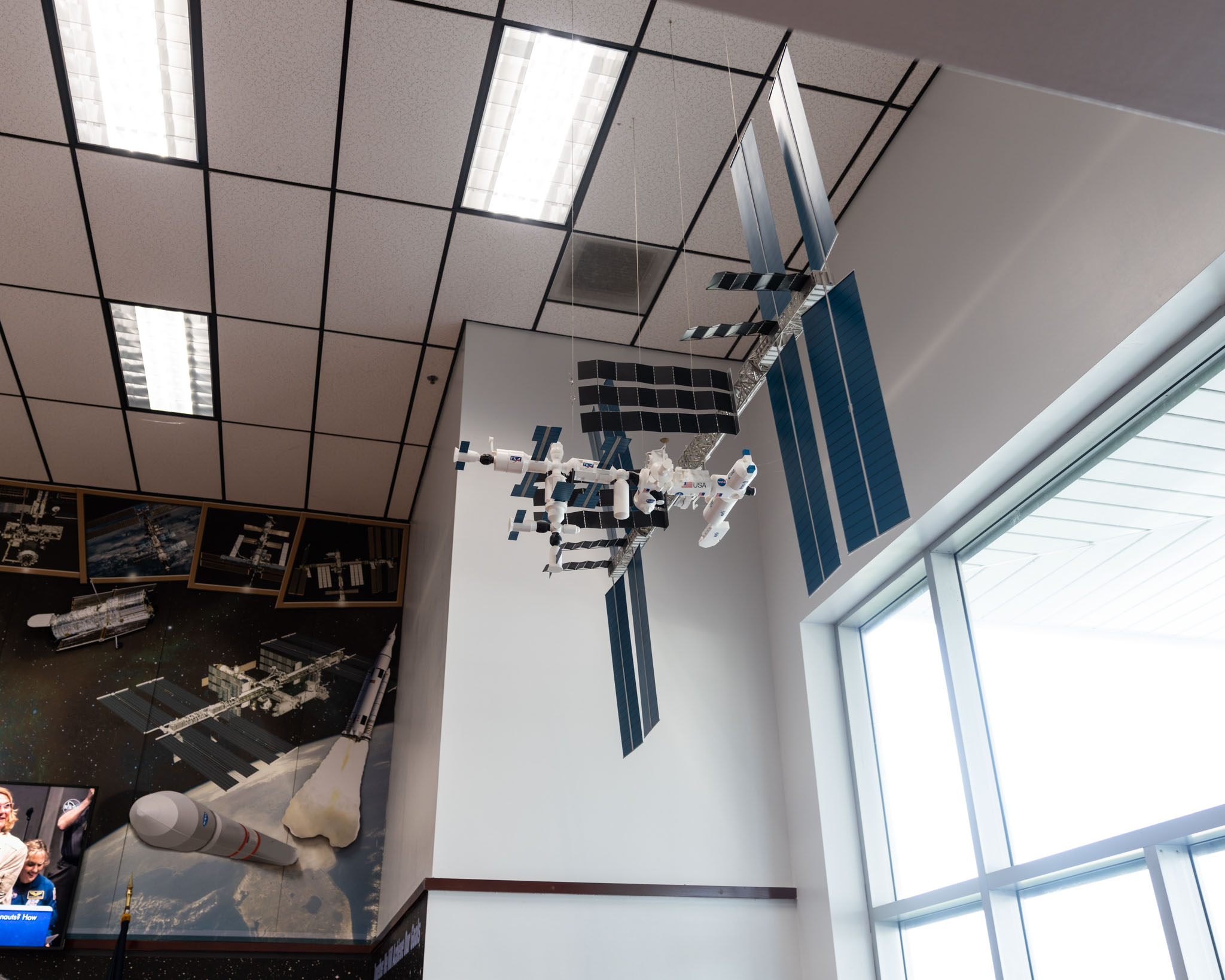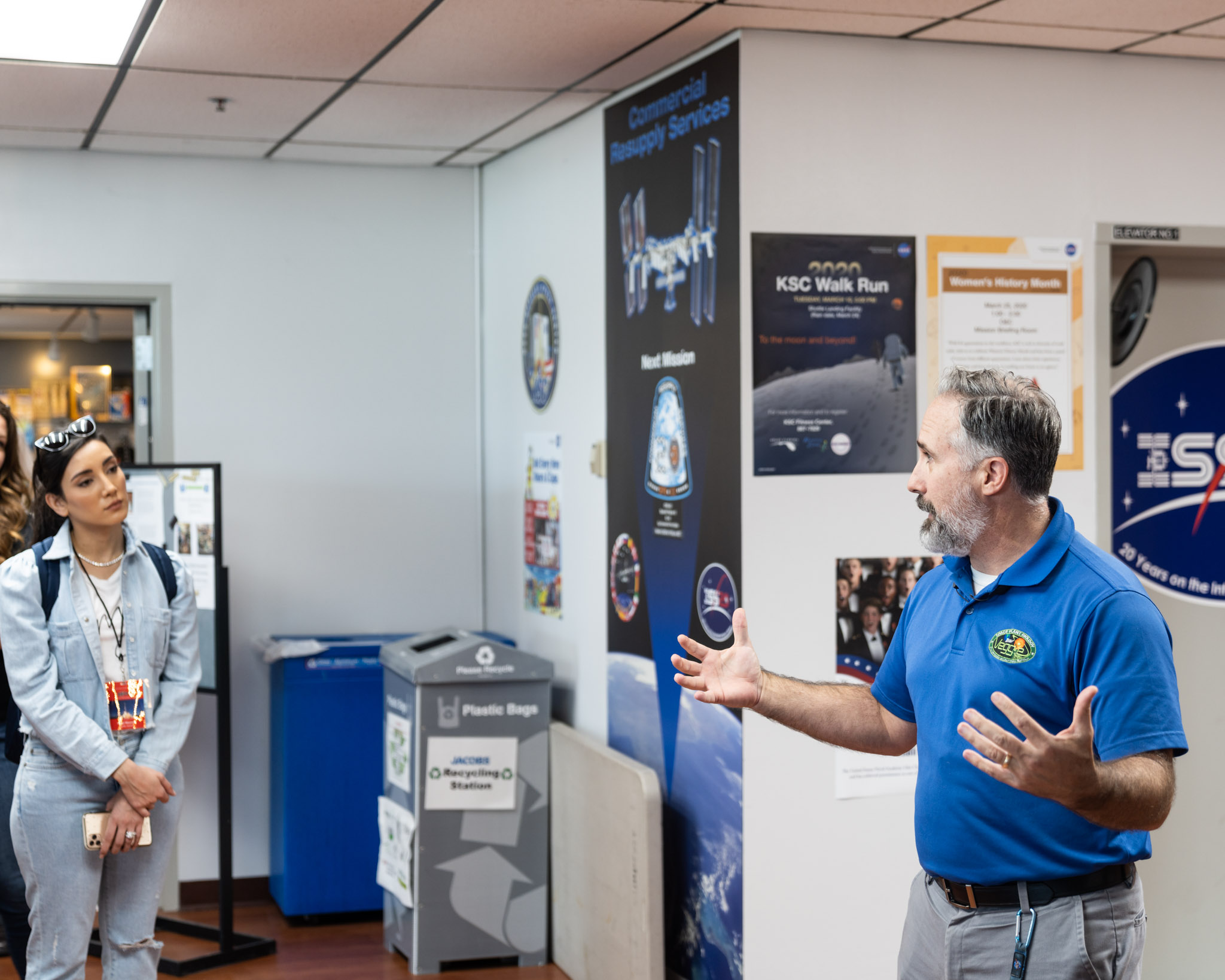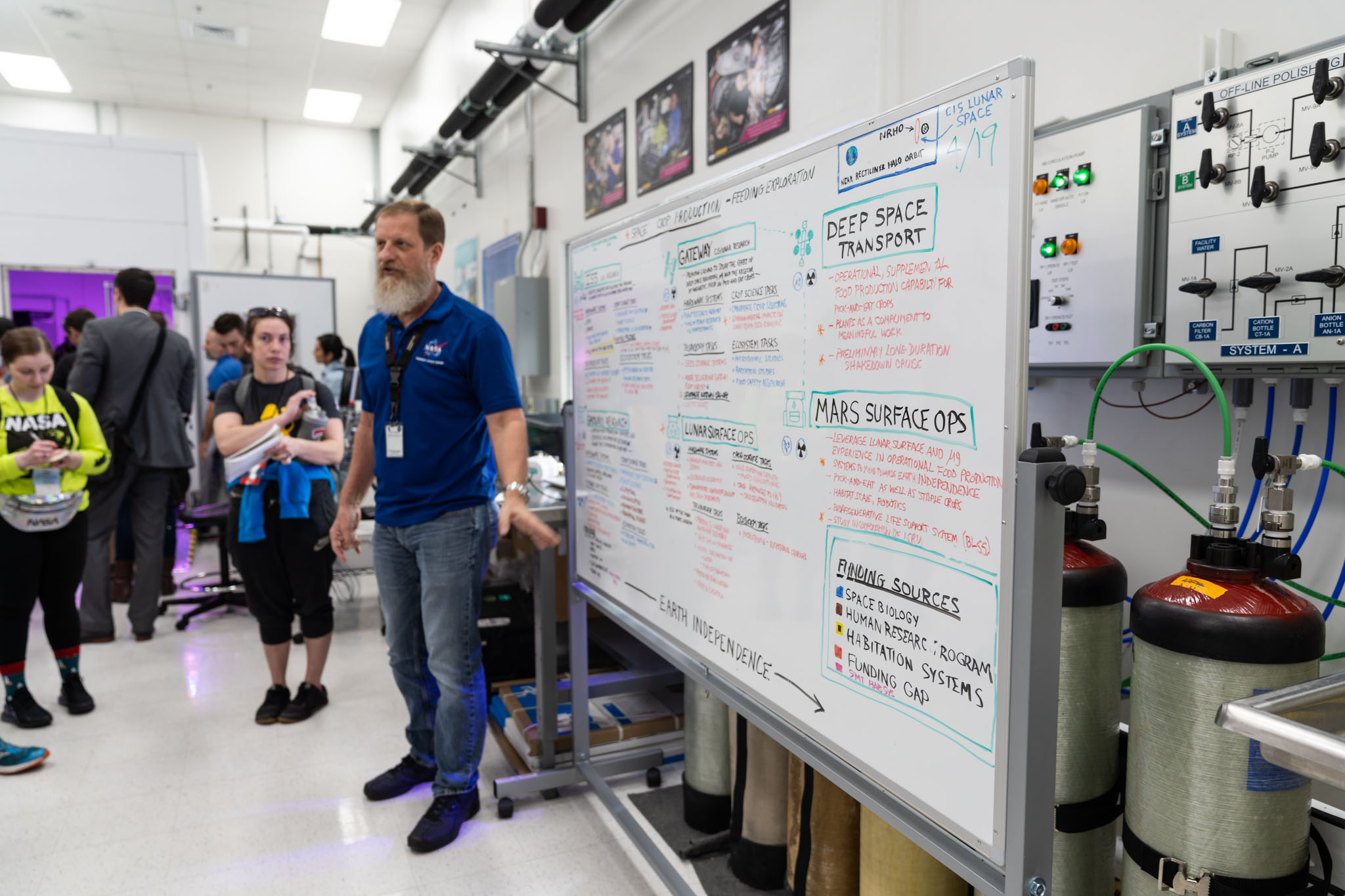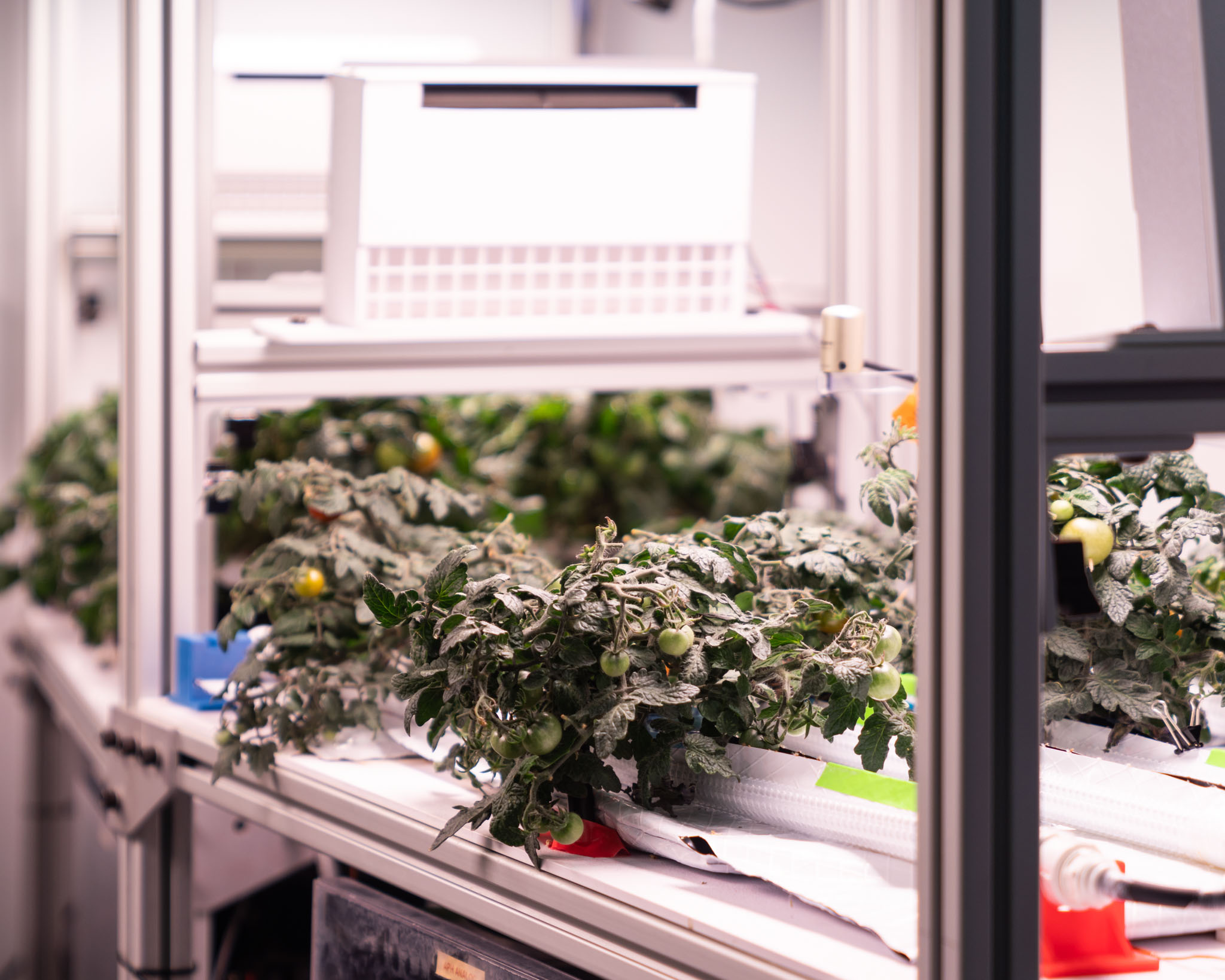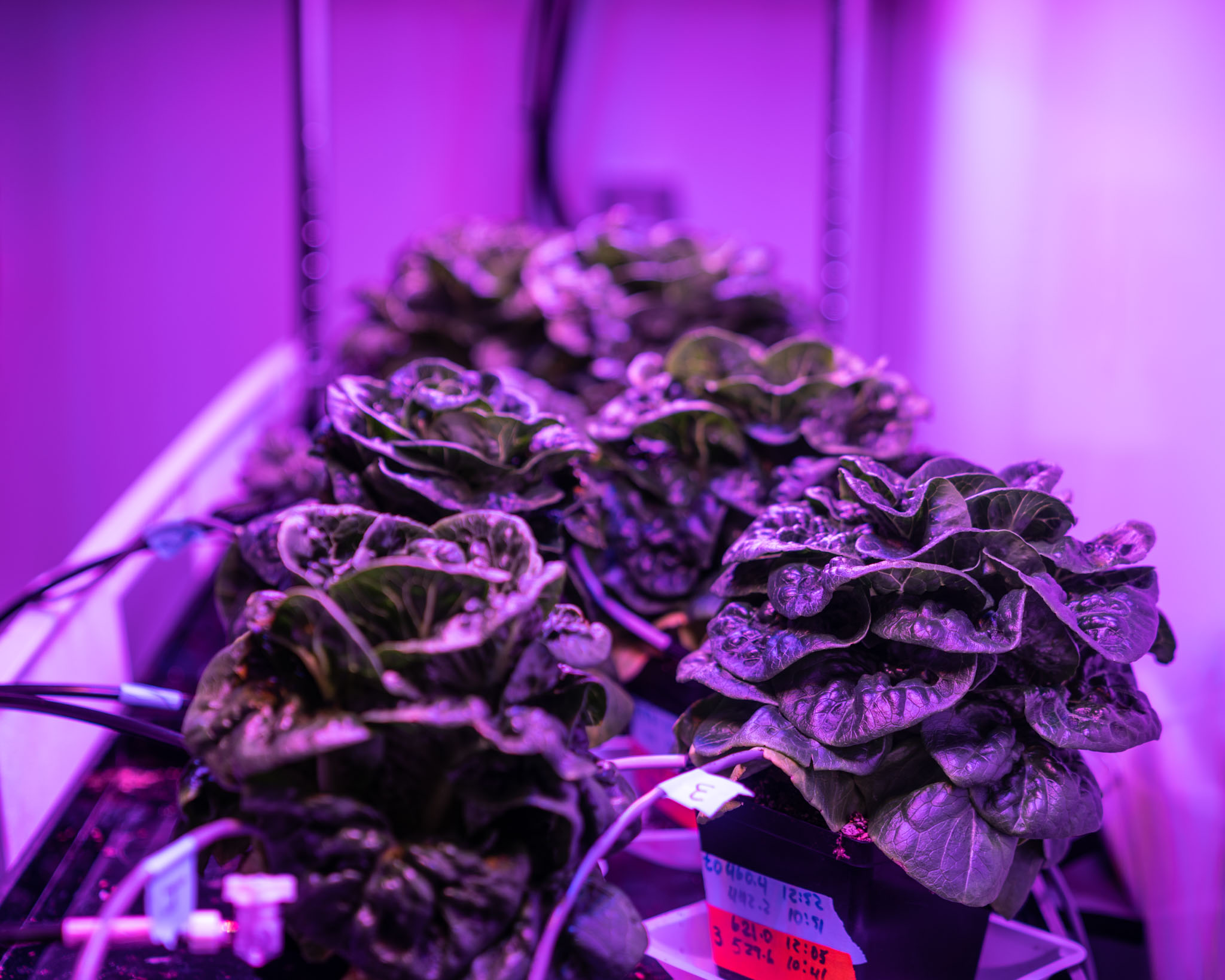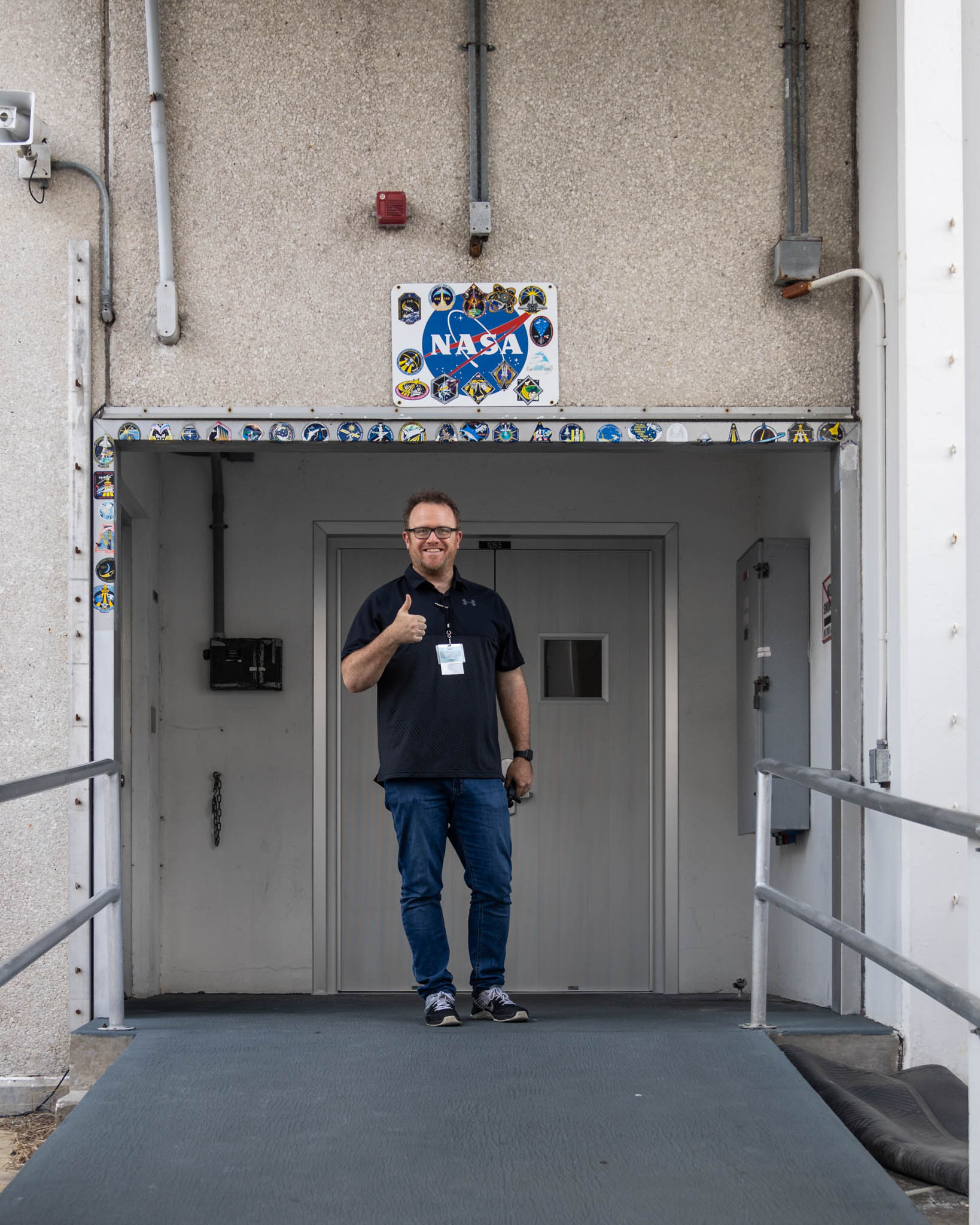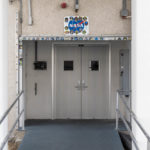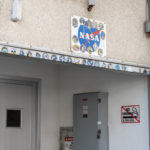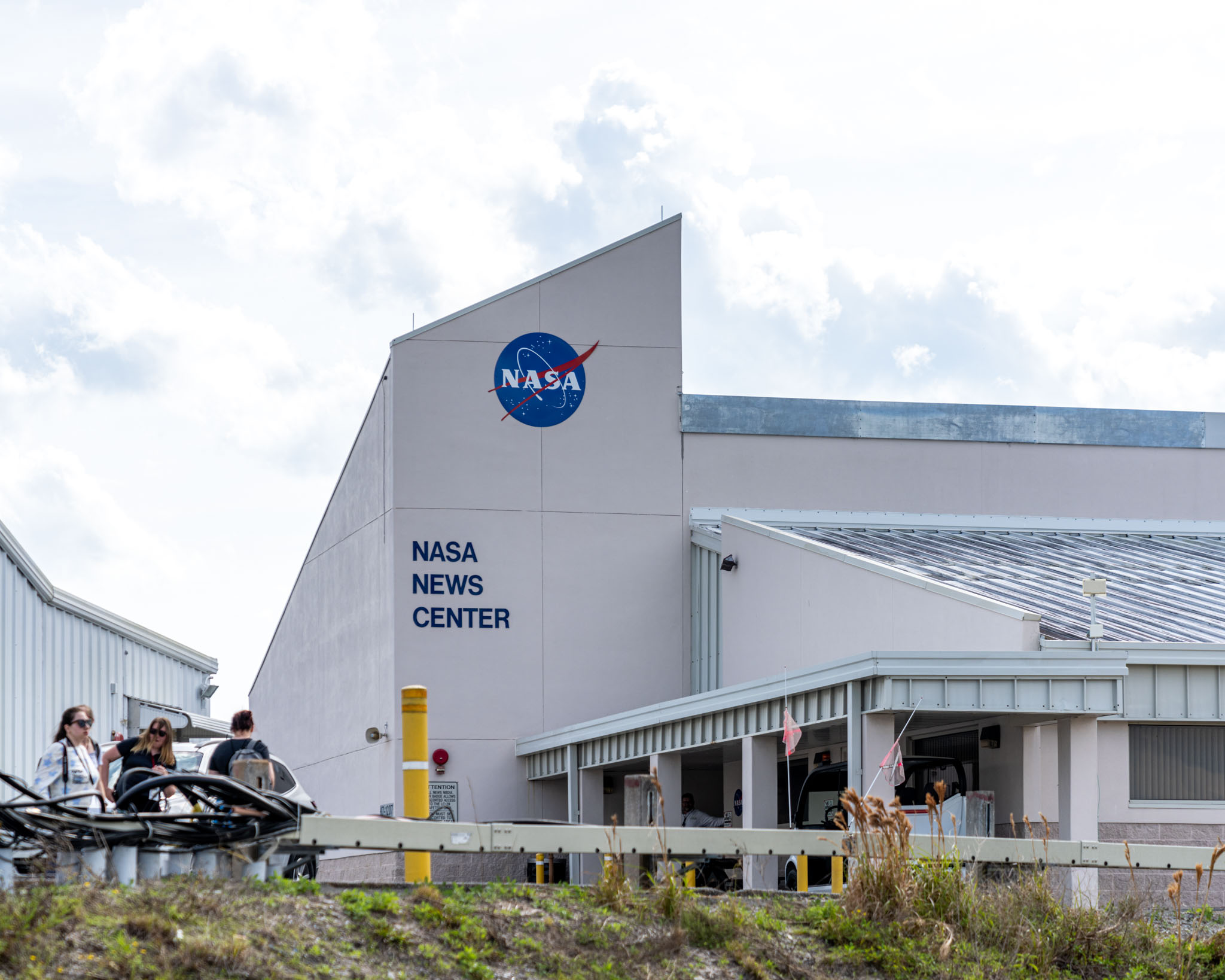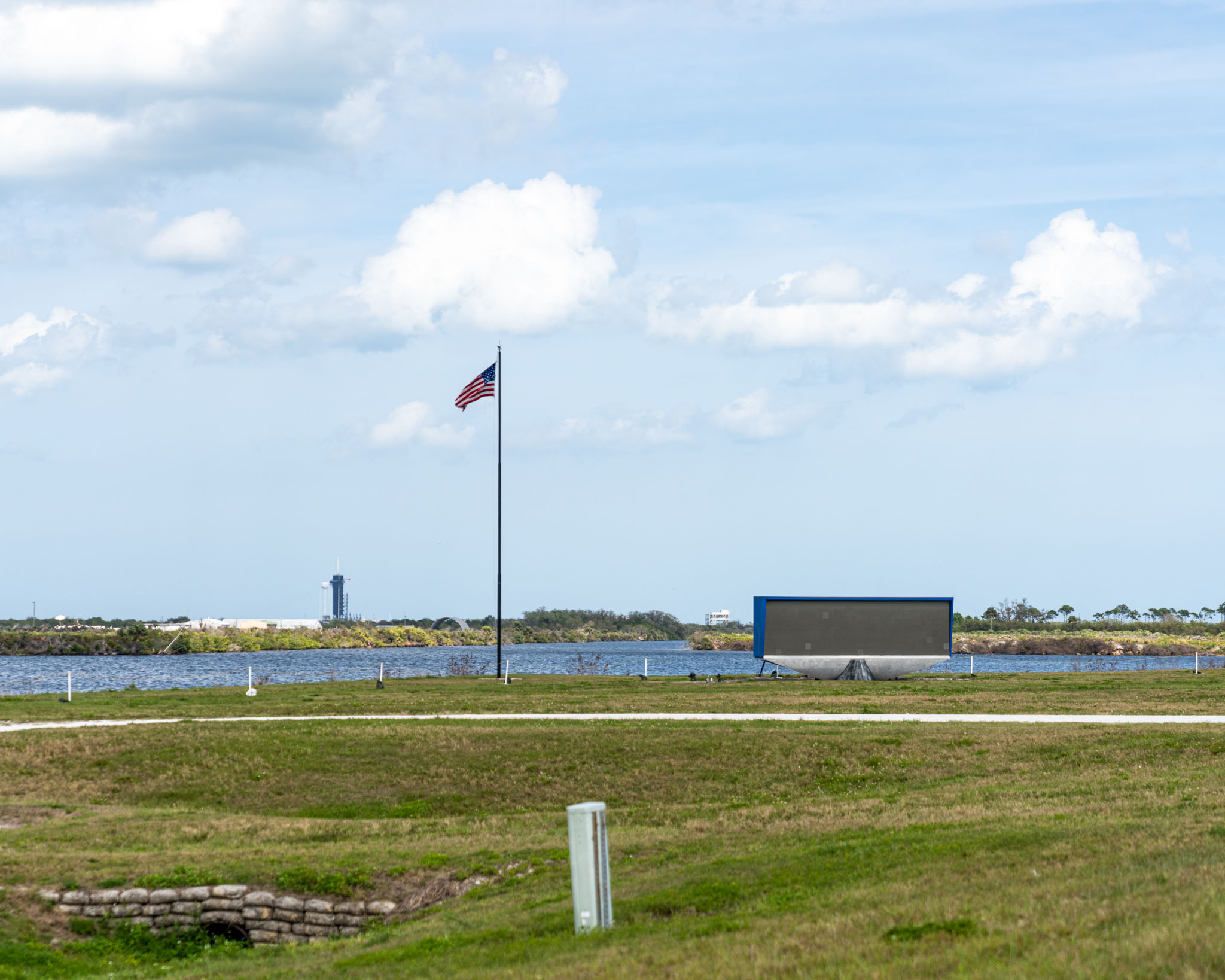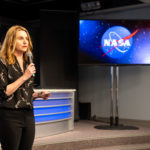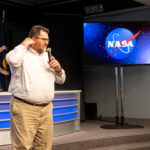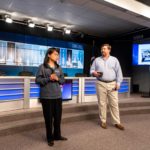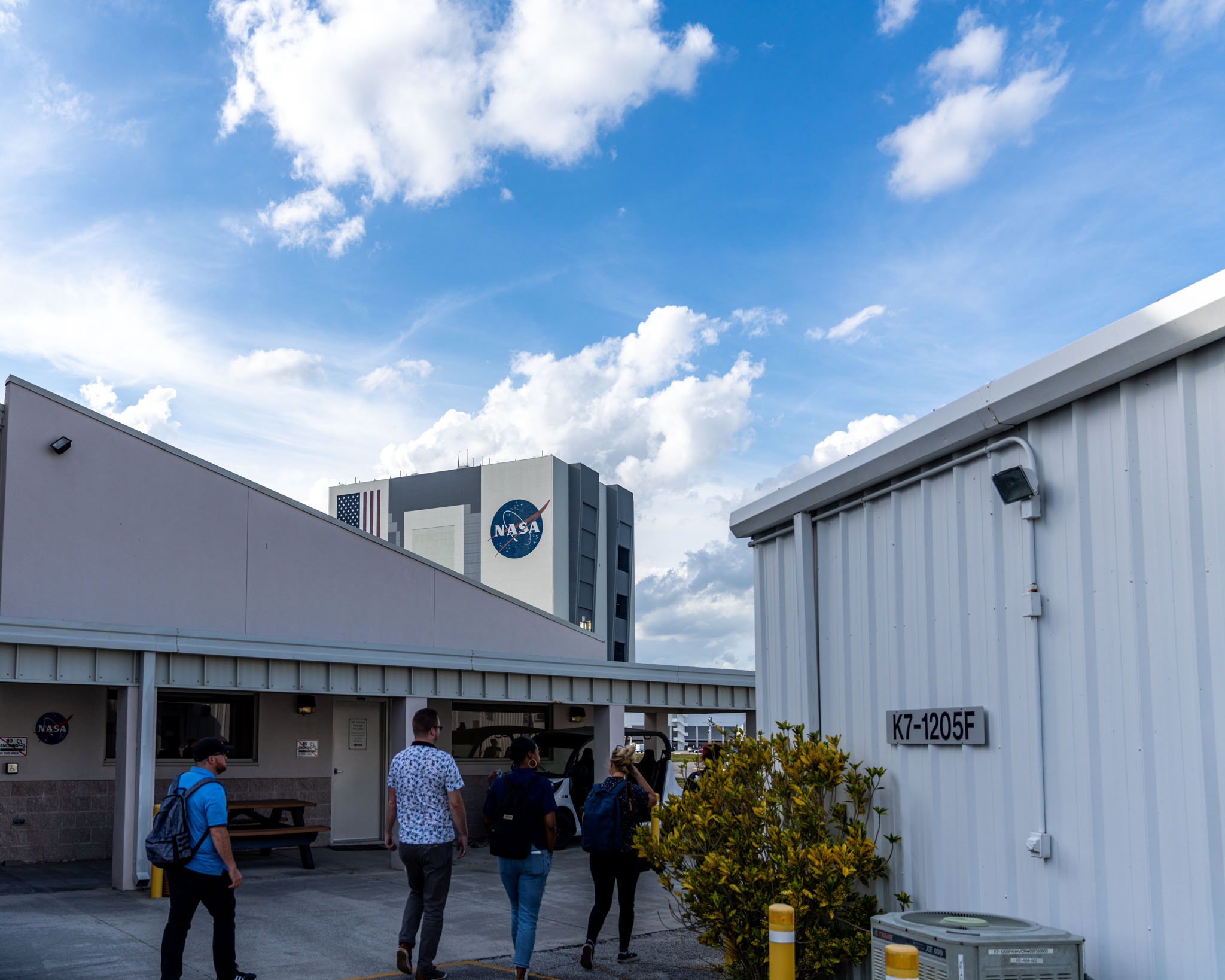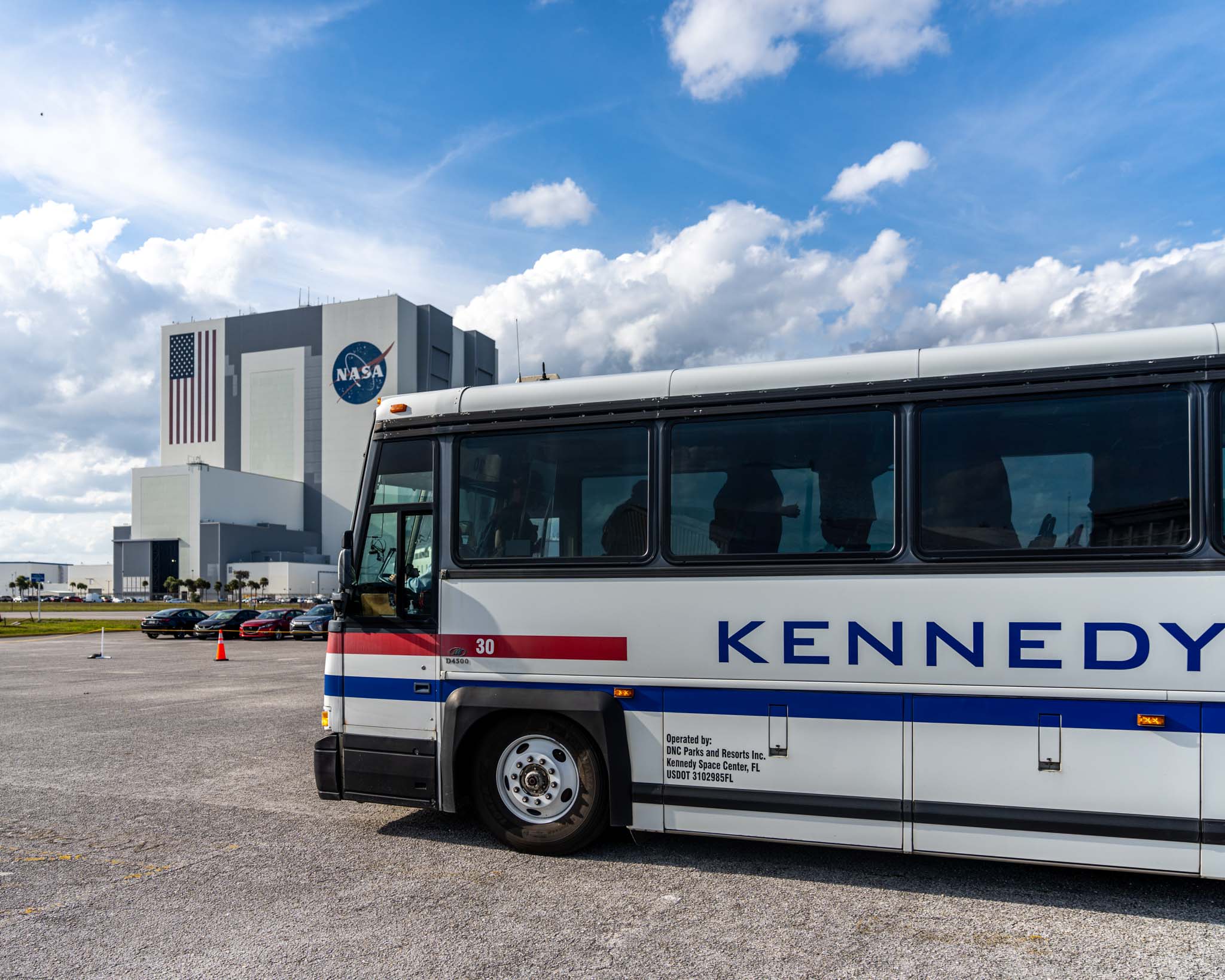If you want to see real-time updates, follow me on Instagram at @realandyluten!
As I mentioned a week or so ago, I recently applied to be part of a cool program NASA’s social team runs called NASA Social. For some reason they decided to invite a travel and photography blogger along and I’ve been excited ever since! To catch you up on things, SpaceX noticed a fault in a valve motor on the second stage of the Falcon 9 rocket planned for use in the mission, so the launch was delayed until March 6th (local time), so I made some quick adjustments to my travel plans (thank goodness for refundable hotel bookings and the American Airlines Executive Platinum free cancellation/redeposit benefit on award tickets) and made my way out to Titusville, Florida, for the launch of CRS-20.
What is CRS-20 anyway?
CRS stands for Commercial Resupply Services. It’s a NASA contract to send supplies and experiments to the International Space Station. The first contract was for 20 launches, all performed by SpaceX. NASA signed a contract for another set of launches by SpaceX and a few other companies this time. I didn’t really know everything that went into a CRS launch, aside from knowing it would be aboard a big Falcon 9 rocket which would make lots of noise and shoot into space, so I figured I’d learn a lot along the way!
Day One of NASA Social
Our meeting point was just east of the Police Hall of Fame in a parking lot just west of the Kennedy Space Center causeway from Titusville onto Cape Canaveral. It was fairly obvious as I saw an enormous Kennedy Space Center bus and a line of people under a tent.
The NASA team had created a private Facebook group as well as Twitter lists, so we were somewhat familiar with a few of the people in the group, and many had been to NASA Socials before, so the parking lot was awash with people taking pictures, making videos for their social media accounts, and lots of hugs and handshakes.
We boarded the bus, pulled over for a safety inspection, and made our way into the Kennedy Space Center. As we drove along, the NASA Social team gave us an overview of what we could take pictures of (pretty much everything) and let us know where we were heading. While they were talking, though, I noticed a massive building appearing on the horizon through the window of the bus.
For those of you who are space junkies, you immediately recognized the Vehicle Assembly Building (VAB), the largest single-story building in the world, where every Apollo and Space Shuttle vehicle was assembled and prepped before launching into space. It was off in the distance yet appeared massive. I was already in awe.
It was a bit of a “proud to be an American” moment, as that building stands tall to signify such the incredible achievement of getting man to the moon and back. Just to make things even more patriotic we drove past a Bald Eagle nest in a tree near the highway, where one was casually hanging out, guarding the chicks in the nest.
We kept driving and the VAB kept getting larger and larger in the window. Eventually we drove right past it to the legendary LC 39 press complex for our first stop of the day.
We scrambled off the bus and started taking pictures as we walked into the press complex. Different media organizations have sheds/shacks built on the complex, including the CBS News building from where Walter Cronkite made his famous “the building is shaking!” comment at the launch of Apollo 8.
https://www.youtube.com/watch?v=wVVTHJjcTHE
The beautiful humility of science and microgravity: PONDS
We made our way into a conference room at the press complex for our first informational session. We were welcomed by various NASA personnel and then were treated to an in-depth presentation by Howard Levine, Chief Scientist of NASA’s Utilization and Life Sciences Office at Kennedy Space Center and Dave Reed, Florida operations director for Techshot. They discussed and showed us a system called PONDS (Passive Orbital Nutrient Delivery System). As NASA begins planning for man’s return to the moon and beyond, food becomes a bigger and bigger issue, specifically how to grow food. The PONDS modules are completely passive and utilize a unique and complex water delivery system to provide a germinating plant the moisture it needs to grow without needing sensors nor pumps. Doing all of this in microgravity is especially complex, as the gravity which counterbalances the capillary force of soil here on earth doesn’t exist in microgravity, so it makes things a little tougher. PONDS is an effort to solve that.
What really struck me was the honesty about the first and second editions of the PONDS modules, how they tested certain things and learned both from their successes and their failures. It’s hard to study low-gravity fluid physics on earth, but with the help of some low-gravity fluid physics masterminds, they are confident in the third edition of the PONDS modules, twelve of which have been loaded and are ready for launch tonight. It takes a lot of humility to be at the top of your respective fields and still admit things don’t always go how you planned. They seemed excited about learning from the results of their experiments, whether they were successes or failures, and I just loved that mindset. I also got a kick out of their subtle digs at each other, Levine being a scientist and Reed an engineer (“Those scientists may call this stuff a ‘substrate’ but to us it’s just dirt”). There was a lot of passion about the mission in the room and it was incredible to get a glimpse inside this awesome program.
Oh, and we got to hold actual science.
To read more about the PONDS modules, part of the VEGGIE program, click here.
We then had a meet and greet with a round of introductions. The assembled group of space enthusiasts came from all walks of life and and myriad interests. We had space junkies attending their fifth NASA Social to fashion bloggers who didn’t know much about space but wanted to learn so they could bring it to their audience. We left the press complex to board our bus to our next destination, but not before I snapped a picture of the VAB in all of its glory from just across the street.
Watching actual science happen: the SSPF
Our next stop of the journey was the Space Station Processing Facility. Inside the sprawling, 457,000 square foot building lie myriad clean operating areas and laboratories all sharing the same purpose: studying and getting things ready for space. The lobby of the building had a scale replica of the ISS hanging from the ceiling.
The SSPF was an incredible facility through which everything that has gone to the space station has passed. Trent Smith, project manager for the VEGGIE program welcomed us.
Smith told us we’d be visiting a food laboratory, furthering what we had learned earlier from the PONDS presentation. We’d meet with the actual scientists doing the research as well.
A quick aside: why so much talk about food in space? Well, it’s fairly manageable to get food to astronauts in the ISS via cargo resupply missions like the one I’m here to see when the astronauts are only 200 miles from the surface. Things get a little more complicated when you start talking about the moon and Mars. Weight becomes more scrutinized and resupply missions less frequent. Some even said that the expected resupply missions for a trip to Mars would need to be launched before the manned flight to be waiting for the astronauts, meaning the food would need to be stable for up to five years. There needs to be some element of self-sustainability, therefore plants in space. We made our way to the laboratory down a tall and narrow hallway whose doors the VEGGIE program had lovingly decorated with space murals.
Inside the lab we met scientists who spoke to us about the research they were doing around nutrient delivery systems for plants and we actually got to see some of the studies in process!
The tomatoes growing in the pictures above were using innovative techniques where nutrients would be delivered via holes in tubes which were only 1-2 microns thick, allowing nutrients to pass through but not allowing the plant root to grow into the holes.
In another chamber, we saw complex cameras being used on rails to carefully monitor the germination and growth of bok choy. The research will someday hopefully be used to monitor crop growth on deep space trips and adjusting water and nutrients automatically without astronaut intervention (since crew time is at a premium).
Astronauts have eaten food grown in space aboard the ISS, and the VEGGIE program is working hard to ensure it happens again.
One of the most famous doorways in the world
Take a look at the following picture of the Apollo 11 crew leaving their quarantine quarters on their way to space.
Through that doorway has passed every astronaut who has been to space. It’s now a tradition for each crew to leave the mission sticker on the door jam. It’s been a while since the US has launched astronauts into space (currently all manned space flights are launched from Baikonur Cosmodrome in Kazakhstan by the Russians) but that will change later this year when SpaceX launches two astronauts to the ISS aboard the Crew Dragon capsule. As part of the tour, since we were in the area, we got to stop by the doorway and pose for some pictures.
And we also got to see the coolest parking spots in the world.
What’s On Board Press Briefing
We boarded the bus again and made our way back to the press complex for an Official Press Briefing about the science on board CRS-20.
The press complex faces the launch area, where I could see the LED board which is the official countdown clock when the launch is imminent and the launch pads in the distance.
We were ushered into an official-looking press room and went through a great briefing where scientists and project managers told us about the exciting things going into space.
Among the 29 science payloads going up:
- PONDS modules
- Boost technology from Adidas
- Experiments from the Delta Faucet Company to study water droplet formation
- Experiments from Emory University to study how heart cells grow in microgravity
- Boston University’s study about flow reactions and chemical reactions in microgravity
The big addition to the space station itself is the ESA/Airbus Bartolomeo platform, a commercial platform allowing for 12 research payloads to be deployed on the outside of the ISS, facing the earth, with results available in almost real-time via the Airbus cloud and a laser communication system.
My fellow NASA Social companions had some great questions, one of which prompted a cool revelation by one of the scientists: science in space is becoming more affordable than ever before, to the degree some middle and high-schools in the US have self-funded experiments going up. There are more launch providers and research can not only be sent to the ISS more quickly but, with the onset of the second CRS contract, can come back quicker and under lighter gravitational load than has been possible before. This will broaden the types of experiments which can be performed on the space station, since results can come back in a more timely manner.
All in all it sounded incredibly exciting, both from a public and private perspective. I was tempted to start thinking that it felt a little routine, but I know we hadn’t even scratched the surface of how massively complicated it was to launch a rocket into space and have it meet up with an object hurtling through the uppermost atmosphere at 17000mph.
After the briefing we made our way back to the bus yet again to be taken back to our cars, all excited about the things we had learned that day and even more eager for the launch the next day.
Final thoughts from Day One
I’m sitting here in a fairly average hotel next to I-95 listening to traffic going by on the highway, unable to sleep, utterly fascinated by everything I heard today. Everyone we met had such pride to be working on things which would change the world someday. I could see the pride and the legacy of the brave souls who started the space program living in them. They treated their work with reverence and approached it with humility.
I’ll be honest, I wasn’t really sure what to expect, as a random travel and photography blogger, but man did I stumble on something incredible! I’m so glad my application was approved and I cannot tell you how excited I am for Day Two tomorrow! Here’s hoping for lighter winds so the launch won’t be delayed, and I can’t wait to tell you more!
Next post: NASA Social Rocket Launch, Day Two: a Space Shuttle, the VAB, and Visiting an Actual Launch Pad!

